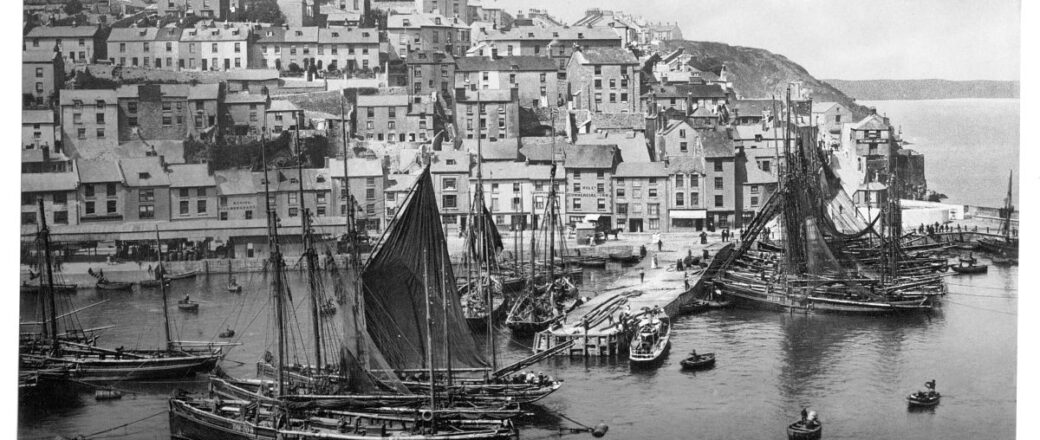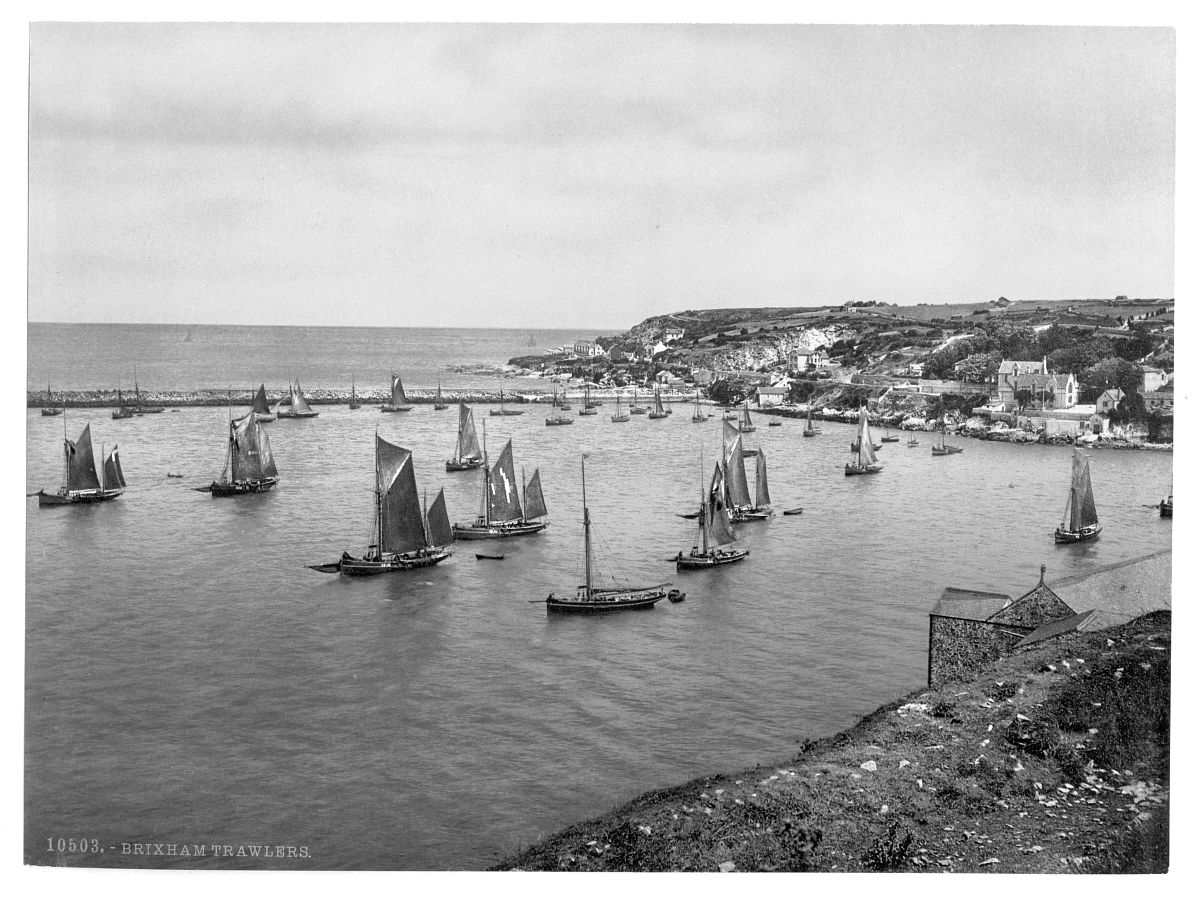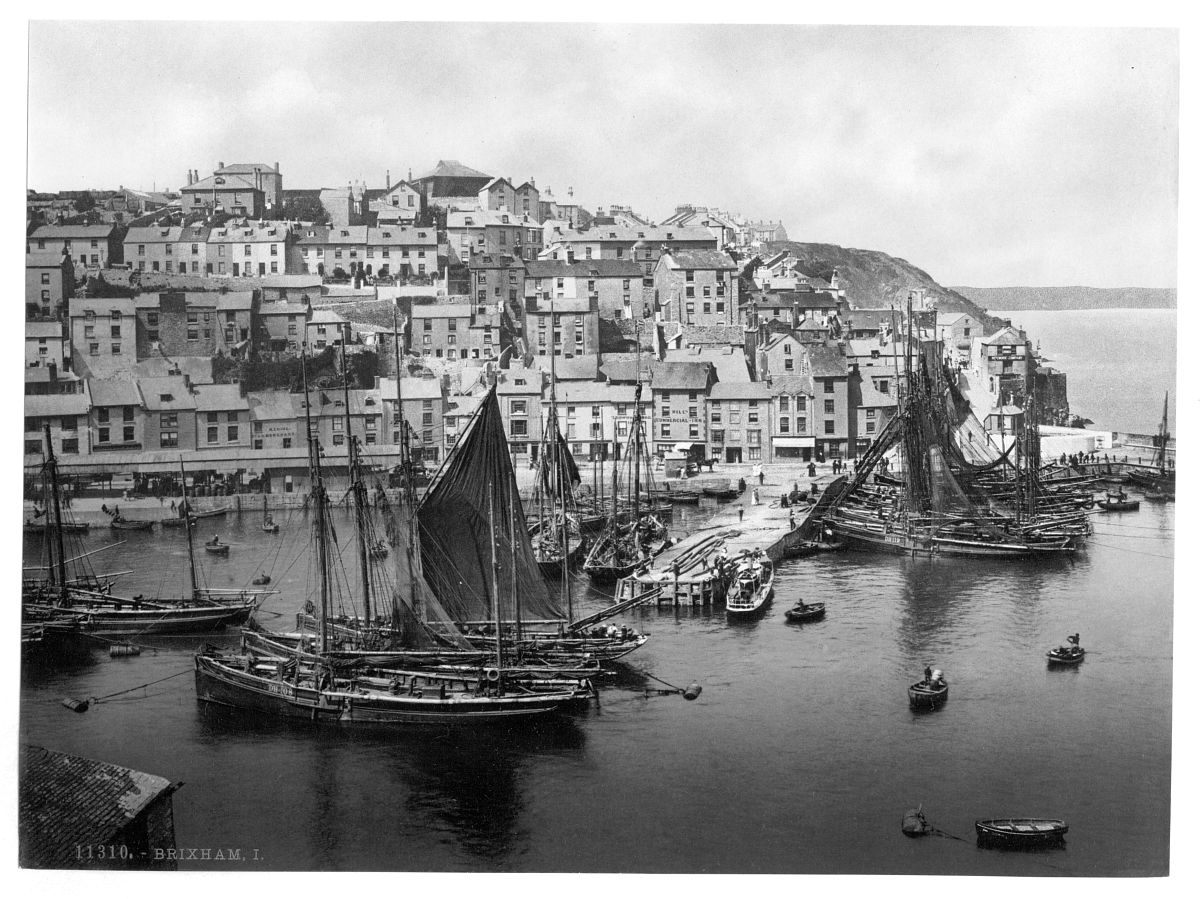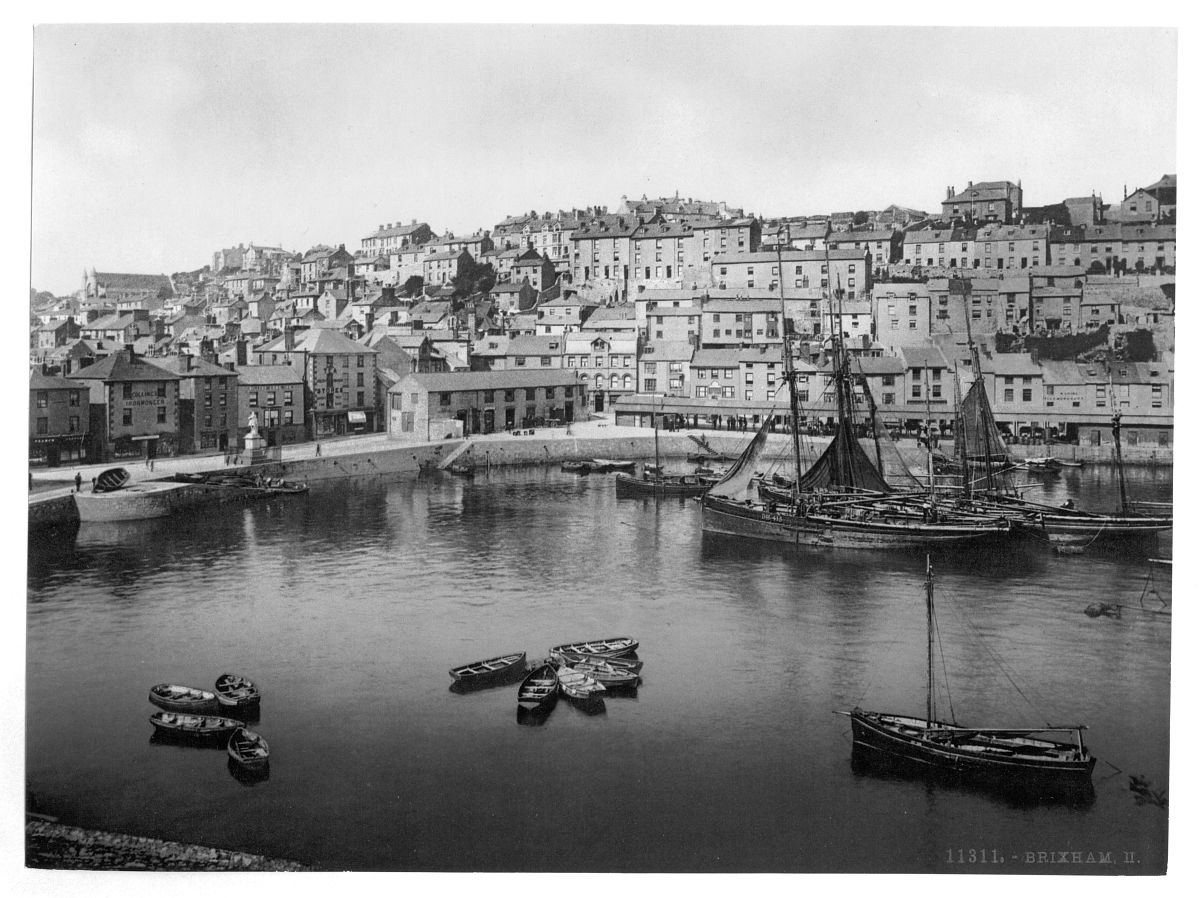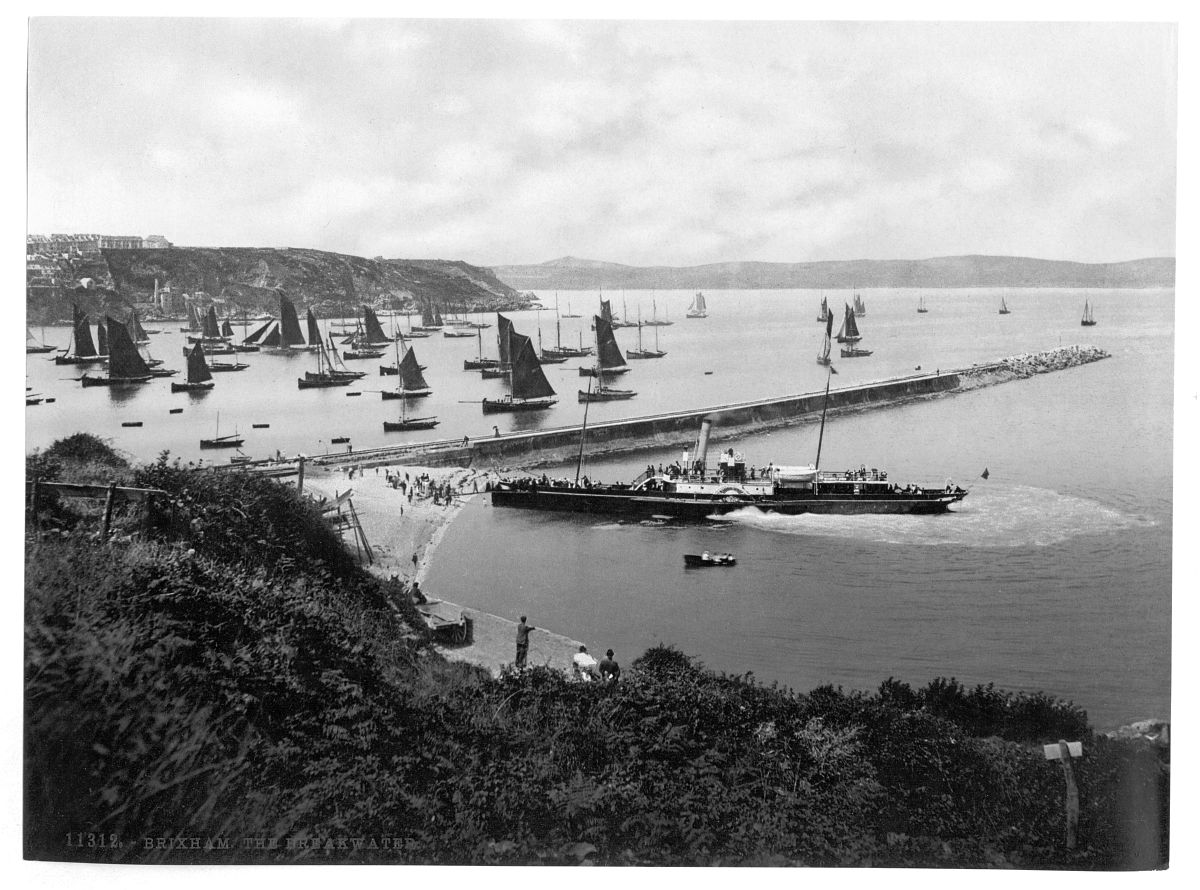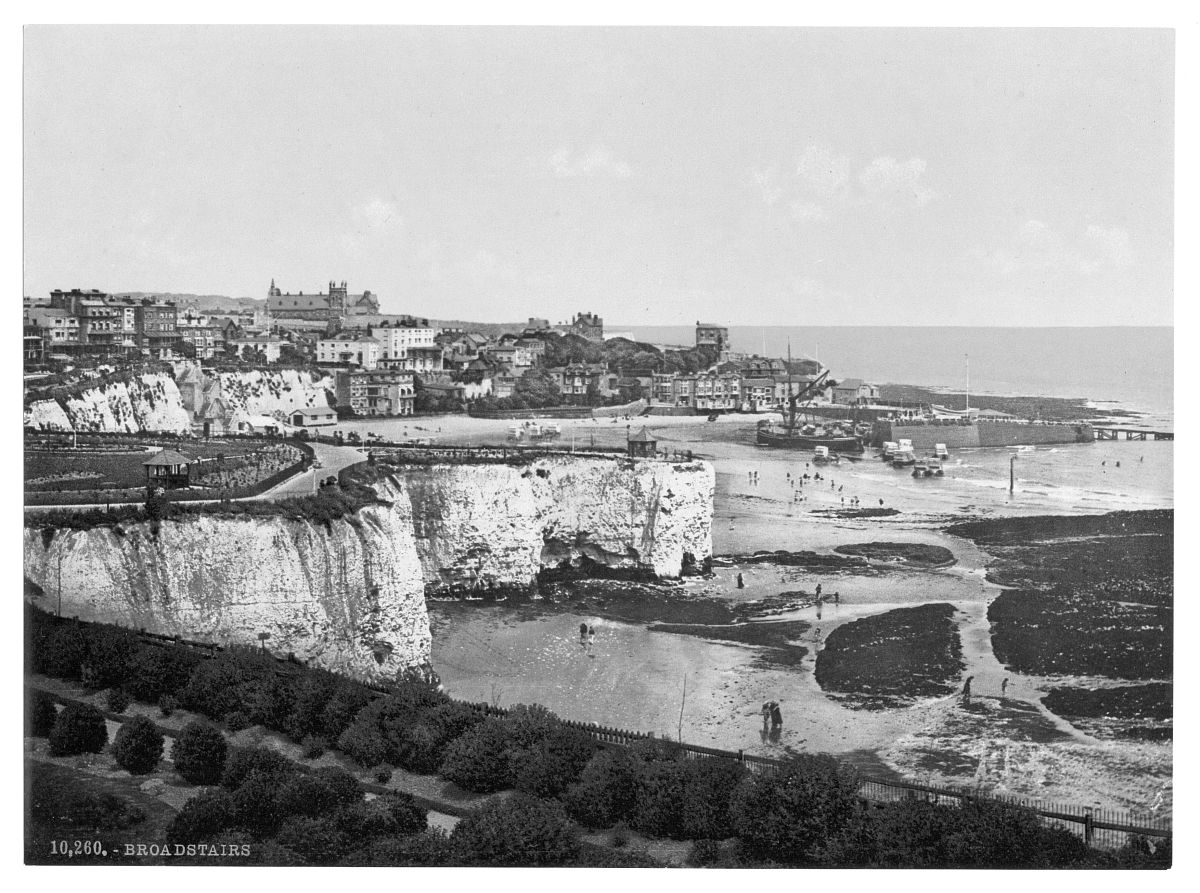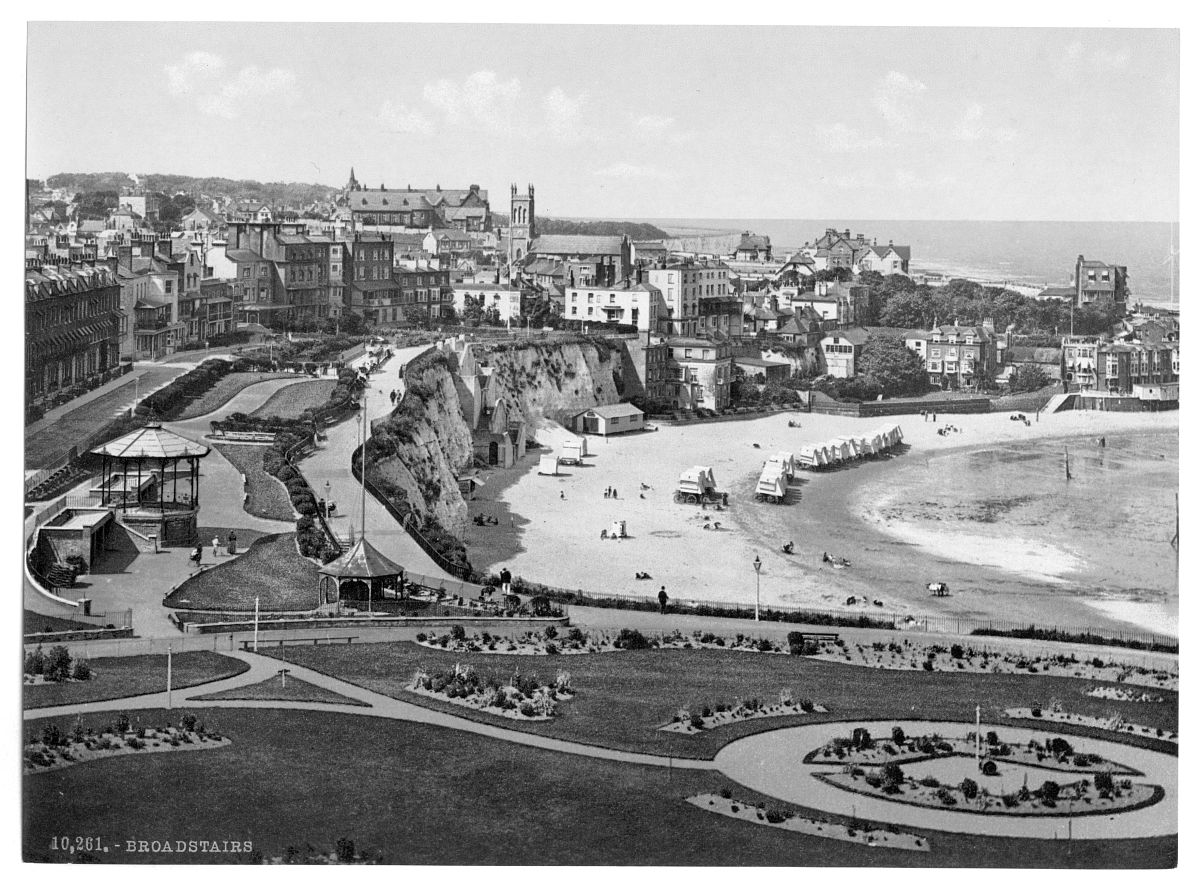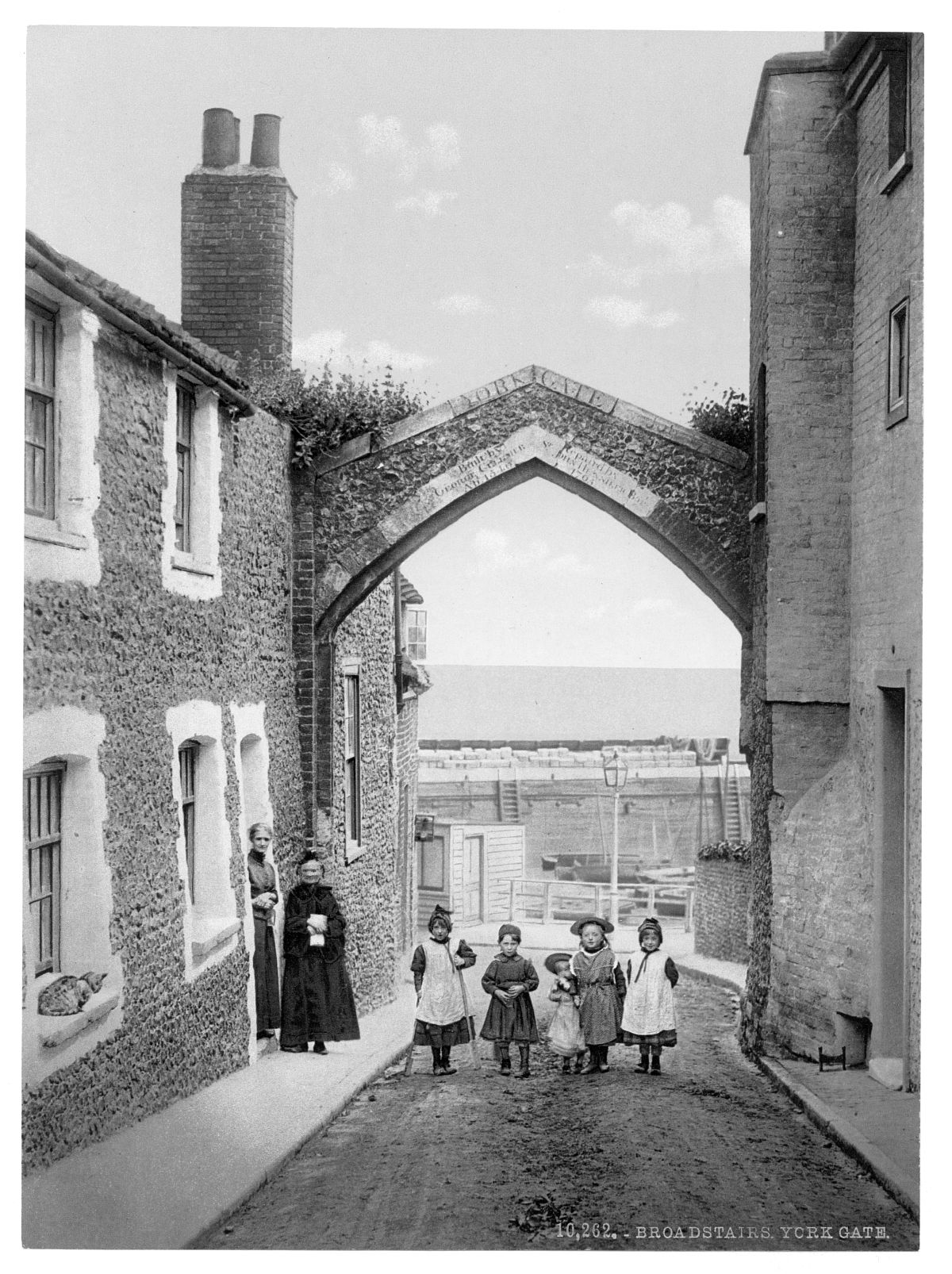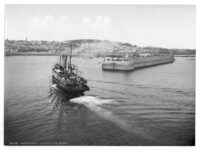During the Victorian era, both Brixham and Broadstairs were bustling coastal towns that played important roles in Britain’s maritime and leisure industries. Although they were geographically distant, they shared several key characteristics that defined their urban life and development during the 19th century.
Brixham, located in Devon, was one of the most significant fishing ports in Victorian England. The town’s economy revolved around the thriving fishing industry, particularly the deep-sea trawling trade. Brixham fishermen were pioneers in developing trawling techniques that influenced the entire country. The harbor was constantly busy with the arrival and departure of fishing vessels, while the narrow, winding streets were lined with fishmongers and bustling markets selling the day’s catch.
The town also had a strong naval tradition. During the Victorian period, Brixham’s shipbuilding industry flourished, supporting both the fishing fleet and the Royal Navy. The town’s maritime connections were reinforced by its role in the transportation of goods and passengers along the coast.
Life in Brixham was characterized by the hard labor of its fishing communities. Families often lived in close quarters, with entire generations working together in the industry. Despite the economic hardships, a sense of resilience and camaraderie defined the town’s social fabric.
In contrast to Brixham’s working-class fishing economy, Broadstairs in Kent became a popular seaside resort during the Victorian era. The town attracted the wealthy and middle-class holidaymakers from London, who sought relief from the industrial city’s pollution. Broadstairs offered clean sea air, scenic beaches, and elegant lodging houses that catered to the tastes of the Victorian elite.
One of the most famous visitors to Broadstairs was Charles Dickens, who spent many summers there and found inspiration for his literary works. The town’s picturesque setting and genteel atmosphere made it a favorite among artists, writers, and aristocrats looking for relaxation and socialization.
Victorian Broadstairs featured grand promenades, bathing machines for modest sea bathing, and fashionable tearooms where visitors could socialize. The town’s economy thrived on tourism, with local businesses catering to the needs of holidaymakers. Many grand villas and hotels were built during this period, some of which still stand today as a testament to the town’s Victorian heritage.
Despite their differences, both Brixham and Broadstairs shared a deep connection to the sea. While Brixham’s economy was driven by the hard work of fishermen and shipbuilders, Broadstairs’ prosperity depended on the maritime culture of leisure and travel.
Both towns also played a role in Victorian England’s broader coastal economy. The expansion of the railway network during the Victorian period facilitated travel to seaside destinations, including Broadstairs, making it easier for Londoners to visit. Likewise, maritime transport linked coastal towns like Brixham to broader trade networks, ensuring their economic significance.
Additionally, both towns retained elements of traditional English coastal life, with distinctive architecture, close-knit communities, and a reliance on the sea for their prosperity. Whether through hard labor or seaside tourism, Brixham and Broadstairs embodied different aspects of Victorian Britain’s relationship with the ocean.
Today, these towns preserve their Victorian heritage, with historical buildings, harbors, and cultural sites offering glimpses into their rich past. The legacy of the Victorian era continues to shape their identities, drawing visitors and historians alike to explore their unique histories.

